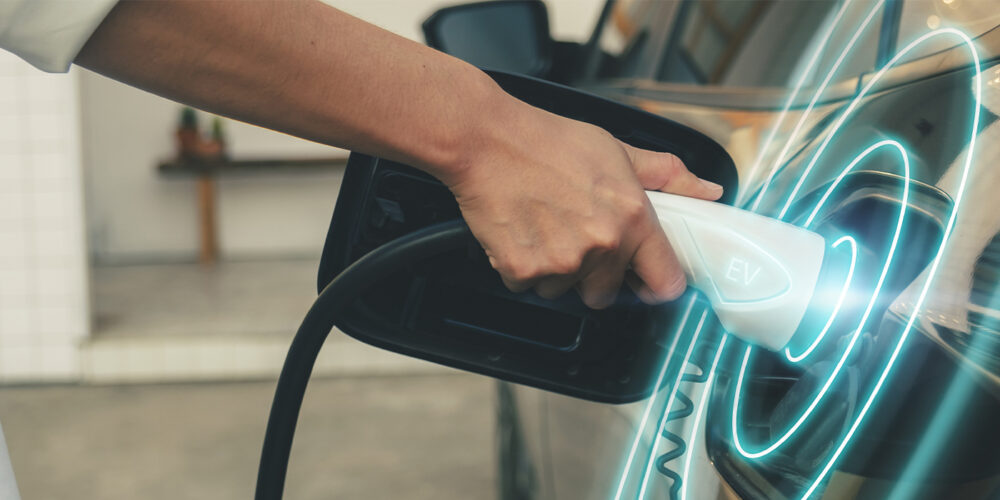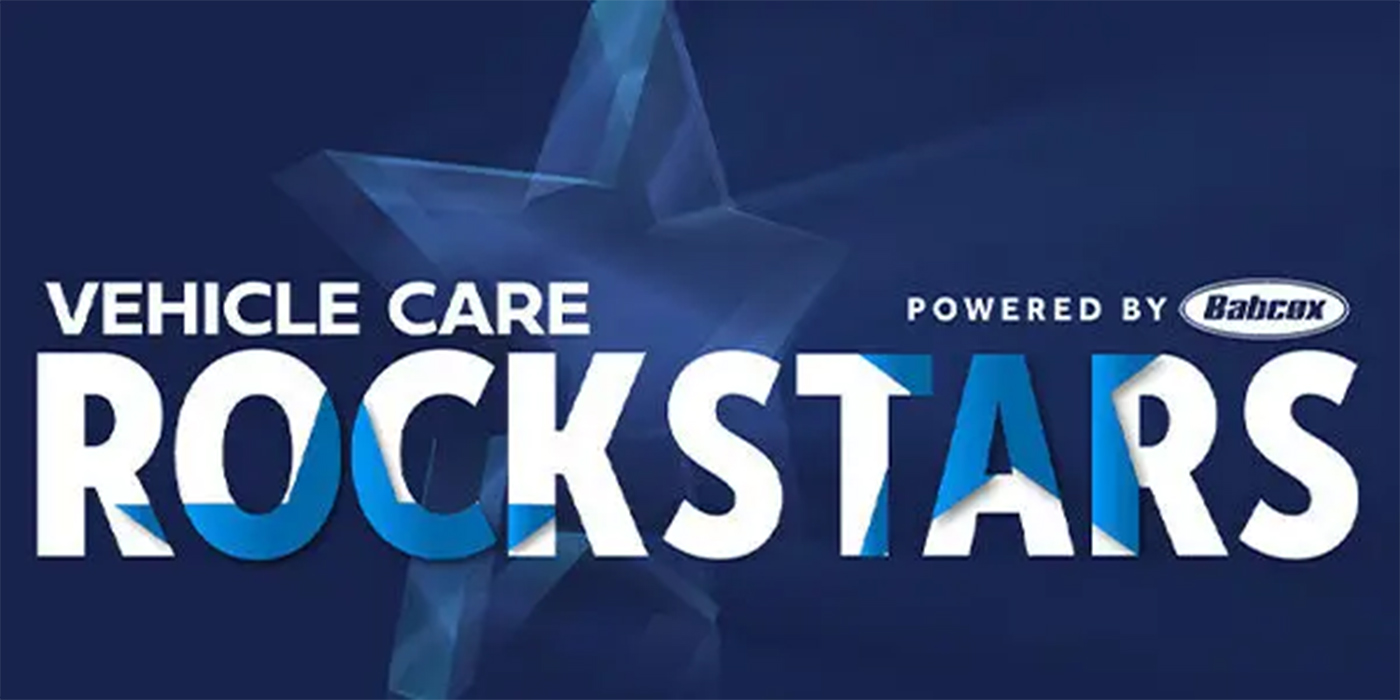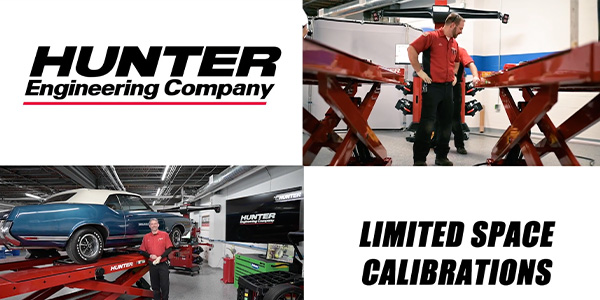This article is courtesy of ShopOwner.
For more than 100 years, the aftermarket parts and service industry has adapted to changing vehicle technology. The industry shifted from servicing steam to electric to internal combustion … and now back to electric. With each new innovative technology, the initial reaction is worry over accessing the tools, procedures and parts to service electronic fuel injection, anti-lock brakes, emission-controls systems and other high-tech components. But, in every case, the innovative and resourceful aftermarket industry adapted to the new requirements for keeping America moving. We engineered replacement parts, provided procedures and training, and kept our promise to the motoring public that “if you can drive it, we can service it.”
Today, the rate of change in vehicle technology has never been greater and the challenges associated with keeping up and thriving are daunting. Advanced driver-assistance systems (ADAS) hold the potential to dramatically reduce traffic fatalities and injuries with automated systems designed to brake automatically, maintain the driving lane, detect pedestrians and other hazards of putting the vehicle in drive. The sensors, cameras and other whiz-bang technology are becoming required on almost all new vehicles in 2022 and are often part of common aftermarket repair procedures. While the technology has become almost ubiquitous, the industry’s commitment to training, education and service practices has been lagging. Increased awareness of the implications of ADAS is essential to retain customer confidence in the aftermarket.
There are a handful of issues that everyone in the aftermarket supply chain should be mindful of the next time an ADAS-equipped vehicle comes in for service. The first is to recognize when a routine service job is affected by, or affects, a sensor or component that is part of an ADAS system. For example, a wheel alignment affects the aim of the forward-facing collision-detection sensor. Replacement of a radiator or A/C condenser may affect the alignment of the adaptive cruise-control sensor. Recalibration and aiming of these critical safety components is essential. Recognizing when this task is required is step 1.
To view the entire list, read the entire article here.














